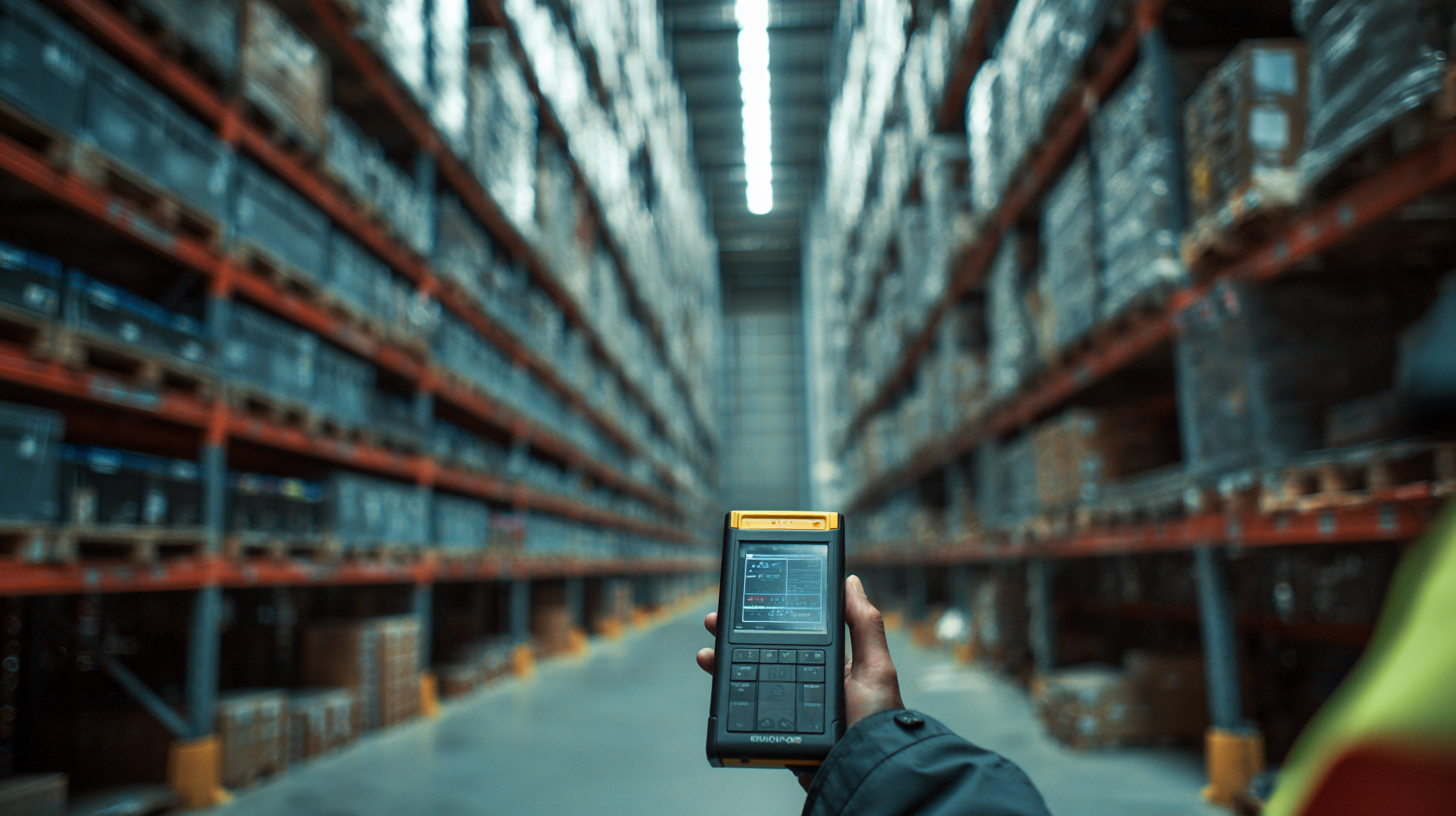Leave Your Message
In the rapidly evolving landscape of battery manufacturing, the importance of effective labeling cannot be overstated. According to a report by Allied Market Research, the global battery market is projected to reach $173 billion by 2025, underscoring the critical role that clear and efficient packaging plays in product visibility and consumer trust. Among the various labeling options available, "Battery Sleeve Labing" has emerged as a paramount solution for manufacturers seeking to enhance brand identity while adhering to regulatory standards. With the demand for reliable battery products on the rise, it is essential for manufacturers to incorporate essential features in their labeling strategies to ensure safety, compliance, and marketability. This blog will explore the five essential features of the best Battery Sleeve Labing that not only enhance functionality but also provide significant benefits for manufacturers in this competitive sector.

When considering battery sleeve labeling solutions, durability is a paramount factor that manufacturers must prioritize. The environment in which batteries are used can be harsh—exposure to extreme temperatures, moisture, and chemicals can degrade labels quickly. Therefore, selecting a label material that withstands these conditions is critical. High-quality synthetic materials, such as polyester or polypropylene, offer excellent resistance to wear and tear, ensuring that labels remain intact and legible throughout the product’s lifecycle.
Furthermore, the adhesive used in battery sleeve labeling plays a significant role in the longevity of the labels. A strong, weather-resistant adhesive will ensure that the labels adhere securely to the battery sleeves, even under challenging conditions. Additionally, manufacturers should consider labels that are resistant to abrasion; this means opting for finishes that can endure physical contact without peeling or fading. By focusing on these key elements in the design and selection of battery sleeve labels, manufacturers can enhance the reliability of their products and improve overall user experience.
This chart illustrates the importance levels of five essential features for battery sleeve labeling solutions. Manufacturers prioritize durability and weather resistance the most, while flexibility is considered somewhat less critical.
When considering the best battery sleeve labeling for manufacturers, one critical element is the choice of materials used in the production of these sleeves. Different materials offer varying levels of protection and compliance with safety regulations, which is essential when handling lithium-ion batteries. These batteries must be transported with particular care due to their hazardous nature, and the materials used for labeling can significantly influence both the safety and readability of vital information.

A comparative analysis reveals that polyester, polypropylene, and vinyl are popular choices, each with its own advantages. Polyester is known for its durability and resistance to environmental factors, making it suitable for outdoor applications. Polypropylene, on the other hand, offers excellent print quality and flexibility, which is beneficial for varied packaging sizes. Meanwhile, vinyl can provide a waterproof barrier, ensuring that critical labeling information remains intact during shipping. As manufacturers strive to meet transportation regulations and safety standards, understanding the properties of these materials becomes essential for effective battery sleeve labeling.
Innovative designs are transforming the functionality of battery sleeve labels, making them indispensable for manufacturers aiming to enhance product performance and consumer appeal. Recent advancements in flexible battery technologies have opened up a wealth of applications, with smart labels and wearables emerging as key markets. Research indicates that the global flexible battery market is projected to reach $4.3 billion by 2026, underscoring the importance of integrating intelligent labeling solutions that offer both versatility and efficiency.

The best battery sleeve labels are characterized by their ability to adapt to various product designs and consumer needs. Features such as QR codes and NFC technology enable interactive user engagement, allowing manufacturers to provide additional product information, instructions, or marketing materials directly through the label. Moreover, the incorporation of sustainable materials into label design aligns with life cycle thinking, where both environmental impact and user safety are prioritized. This approach not only enhances brand reputation but also meets growing consumer demands for environmentally conscious products, reinforcing the need for innovative and functional battery sleeve labels in a competitive market.
When it comes to choosing battery sleeve labeling options, manufacturers often face the dilemma of cost-effectiveness versus quality. On one hand, opting for lower-cost materials may result in immediate savings, but it can compromise the durability and performance of the battery sleeves. Cost-effective labels may fade, peel, or fail to adhere properly, leading to increased production costs in the long run due to replacements and potential damage to the batteries.
On the other hand, investing in high-quality battery sleeve labeling ensures durability and longevity. Premium materials not only withstand various environmental conditions but also provide better visual appeal, enhancing the overall product presentation. While the initial costs may be higher, manufacturers should consider the long-term benefits such as reduced waste, improved customer satisfaction, and greater brand reputation. Ultimately, the right balance between cost and quality will ensure that manufacturers can produce reliable, safe, and attractive battery products that meet consumer demands.
With the increasing scrutiny on battery safety and performance, regulatory compliance in battery sleeve labeling has become a critical aspect for manufacturers. According to a report by the International Energy Agency (IEA), the global battery market is projected to reach a value of $1.2 trillion by 2030. As the industry expands, so do the regulations imposed by agencies like the United Nations and various national bodies, which emphasize accurate labeling and safety standards.
Manufacturers must ensure that their battery sleeve labels adhere to these regulations, which often require specific information such as chemical composition, safety warnings, and recycling information. A study conducted by the Battery Innovation Lead, LLC, revealed that 45% of battery-related incidents were due to misleading or insufficient labeling. Compliance not only mitigates legal risks but also enhances consumer trust in the product. As such, implementing robust labeling systems that meet regulatory requirements should be prioritized by manufacturers to safeguard public safety and remain competitive in the market.
